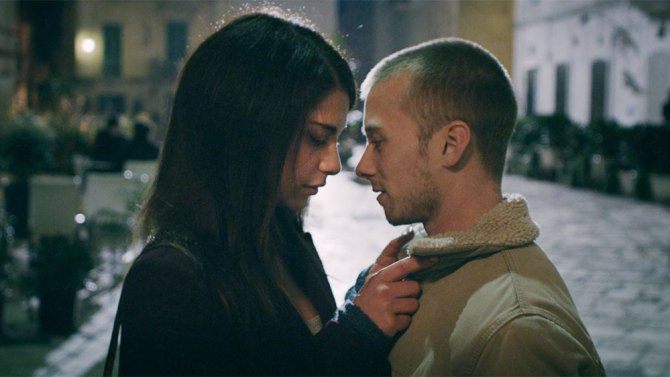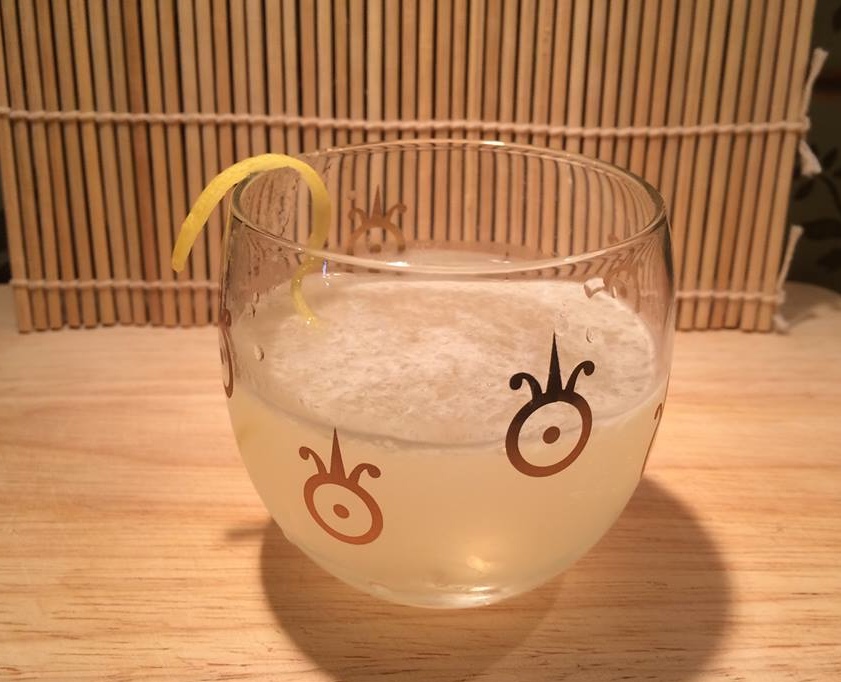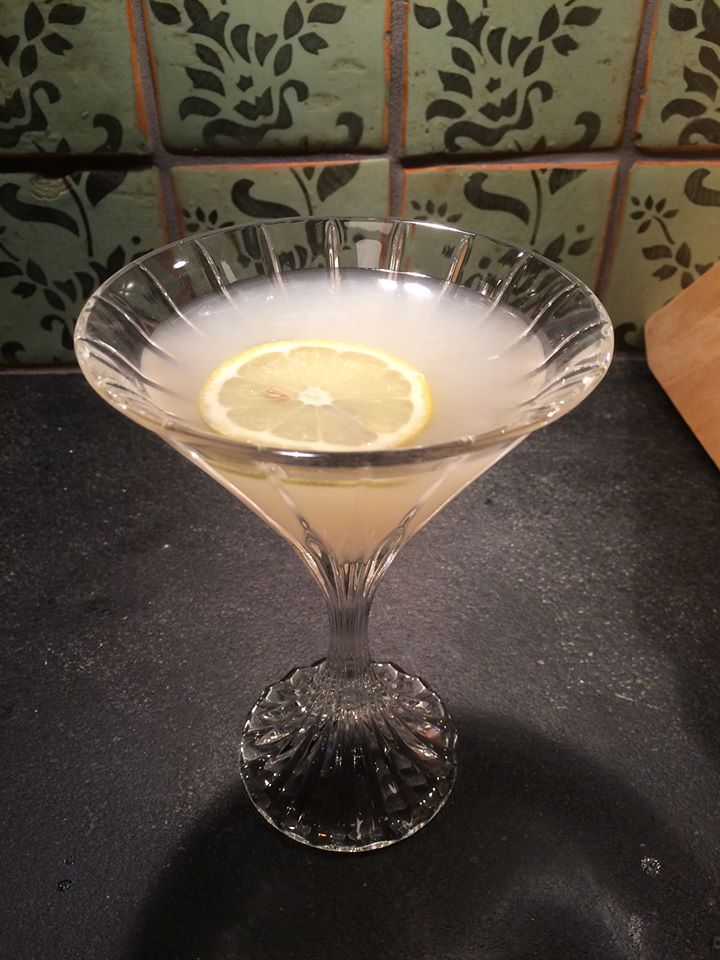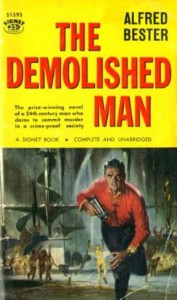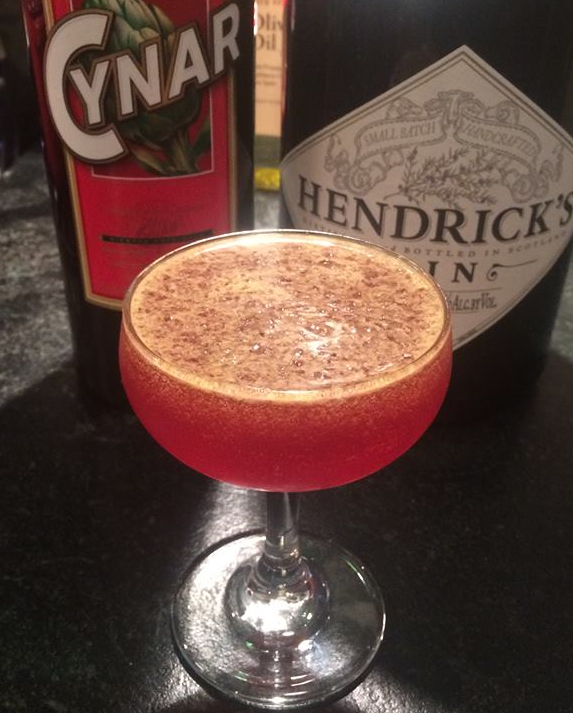The less you know about the recent film Spring before watching it, the better.
The 2015 low-budget thriller presents us with dark and appealing story mashup — part love story, part horror, part science fiction – about the ultimate unattainable woman. It starts out as a well-crafted romance between a traveling American and the mysterious Italian beauty he encounters on the Adriatic. Soon after, it whisks us into alleys of mystery as old and foreboding as those in the medieval town where the pair meet.
The American, Evan (Lou Taylor Pucci), heads to Italy after problems mount at home and quickly finds himself smitten by Louise (Nadia Hilker), whose charms aren’t just physical. She’s brilliant and worldly — and has a habit of disappearing on him, which only adds to her allure. Louise also places a lot of odd rules on their relationship. The crisply written, often funny, dialogue keeps us interested, even if romance isn’t the reason we’re watching. It makes the relationship seem real and resonant.
Co-directors Justin Benson and Aaron Moorhead (whose only other film was the super low-budget horror tale Resolution) help build the suspense with stretches of eerie silence and beautifully framed shots of predatory insects and decay in the ancient seaside town. The effect is dreamlike, and it makes us increasingly certain Evan’s dream of romance will end up a nightmare.
In other words, see it with a date.
And while you’re watching, why not sip on the cocktail it inspired, the Spring Boulevardier? The Boulevardier is a classic cocktail that serves up a perfect romance between distinctly American and distinctly Italian ingredients. It fuses the bold complexity of bourbon with the enigmatic bitterness of Campari.
In this version, I add a couple dashes of orange bitters to help the orange flavor really pop, as it’s a nice foil to the Campari’s bitterness.
SPRING BOULEVARDIER


